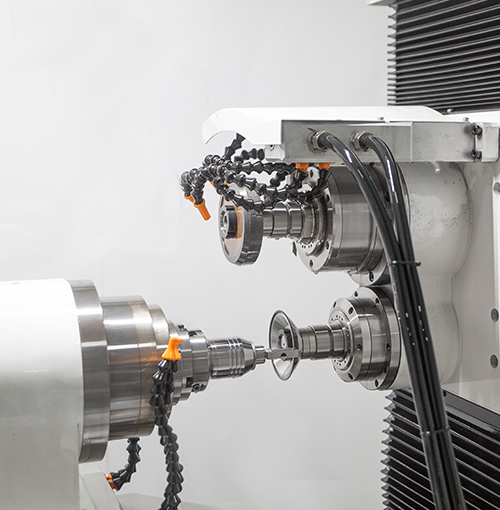Industry knowledge
Rough boring tools are used in machining to remove material from the inside of a hole or cylinder with the aim of achieving greater accuracy, surface finish, and dimensional tolerance. The advantages of using rough boring tools for machining include:
High material removal rates: Rough boring tools can remove large amounts of material quickly and efficiently, which makes them ideal for roughing operations.
Better surface finish: Rough boring tools are designed to remove material in a controlled manner, resulting in a smoother surface finish than other roughing methods.
Improved accuracy: Rough boring tools can help achieve greater dimensional accuracy in machined parts, which is important for applications where tight tolerances are required.
However, there are also some disadvantages to using rough boring tools, including:
Limited flexibility: Rough boring tools are designed for specific applications and may not be suitable for other machining tasks. This can limit their versatility in the workshop.
Higher tooling costs: Rough boring tools are often more expensive than other types of cutting tools, which can increase the overall cost of machining.
More complex setup: Using rough boring tools requires careful setup and adjustment to achieve optimal performance, which can be time-consuming and require specialized knowledge.
What materials are most suitable for rough boring tools, and how does their composition affect performance?
Rough boring tools are typically made from a variety of materials, each of which has its own unique properties that can affect performance. Some of the most common materials used for rough boring tools include high-speed steel (HSS), carbide, and ceramic.
High-speed steel is a type of tool steel that is often used for rough boring tools due to its high strength, toughness, and wear resistance. HSS tools can withstand high cutting speeds and temperatures, making them ideal for roughing operations where large amounts of material need to be removed quickly. However, they may not be as wear-resistant as other materials, and they may not be suitable for high-precision machining tasks.
Carbide is another popular material for rough boring tools. It is a composite material made from tungsten carbide particles held together by a metal binder, typically cobalt. Carbide tools are extremely hard and wear-resistant, making them ideal for machining hard materials such as steel, cast iron, and high-temperature alloys. However, they can be brittle and may not be suitable for machining certain materials.
Ceramic tools are made from materials such as aluminum oxide, silicon nitride, or silicon carbide. They are extremely hard and wear-resistant, making them ideal for machining very hard or abrasive materials such as composites, ceramics, and hardened steels. However, they are also brittle and may not be suitable for machining materials that are prone to chipping or cracking.
What are the common types of rough boring tools, and how do they differ in terms of design and application?
Boring bars: Boring bars are cylindrical bars with one or more cutting edges that are used to remove material from the inside of a hole. They are typically made from high-speed steel or carbide, and are available in a range of sizes and lengths. Boring bars can be used for both roughing and finishing operations, depending on the specific design.
Indexable boring bars: Indexable boring bars are similar to boring bars, but feature replaceable cutting inserts that can be indexed or rotated to provide multiple cutting edges. This makes them more cost-effective than solid carbide bars, and allows for greater flexibility in terms of machining applications.
Twin cutter boring tools: Twin cutter boring tools are designed to remove material from the inside of a hole using two cutting edges. They are typically used for roughing operations and can remove material more quickly than single-edge tools. Twin cutter boring tools are available in both indexable and solid carbide designs.
Step boring tools: Step boring tools are used to create holes with different diameters in a single operation. They feature multiple cutting edges at different heights, which allows for the creation of stepped holes with precise diameters.
Trepanning tools: Trepanning tools are used to create circular holes by removing material from the center of a workpiece. They are typically used for roughing operations and can remove large amounts of material quickly and efficiently.
